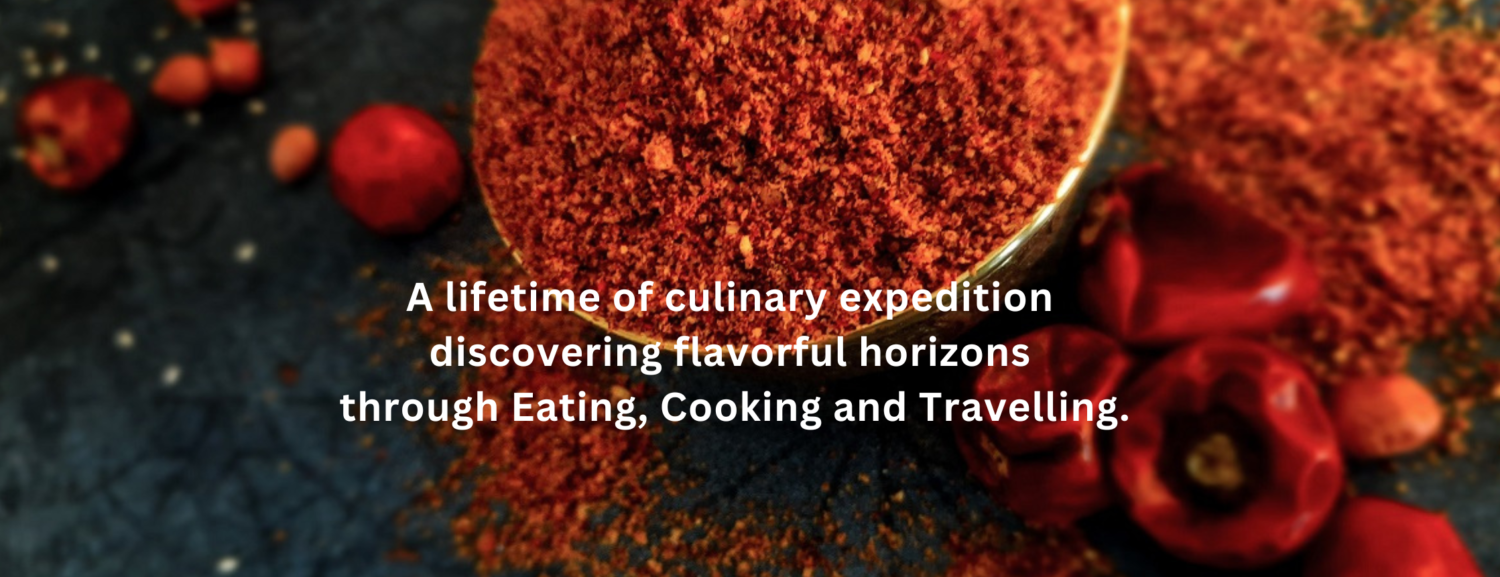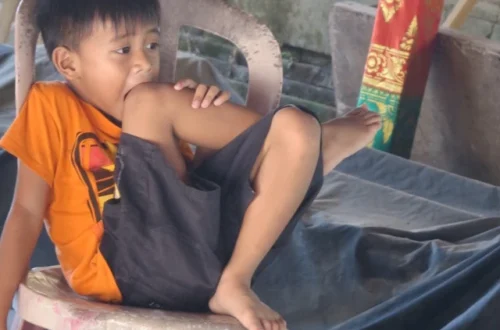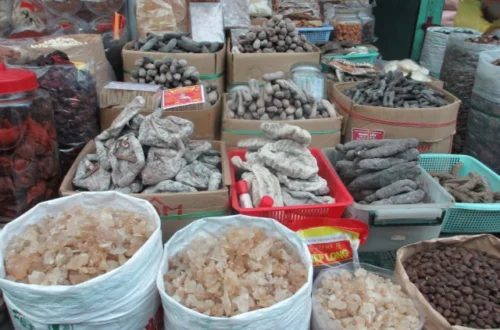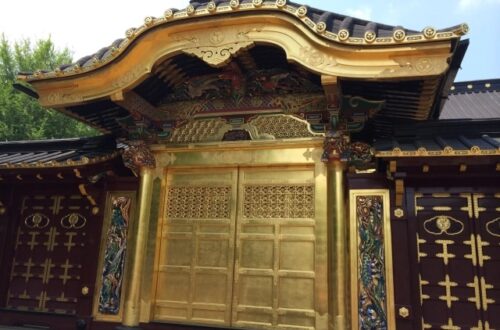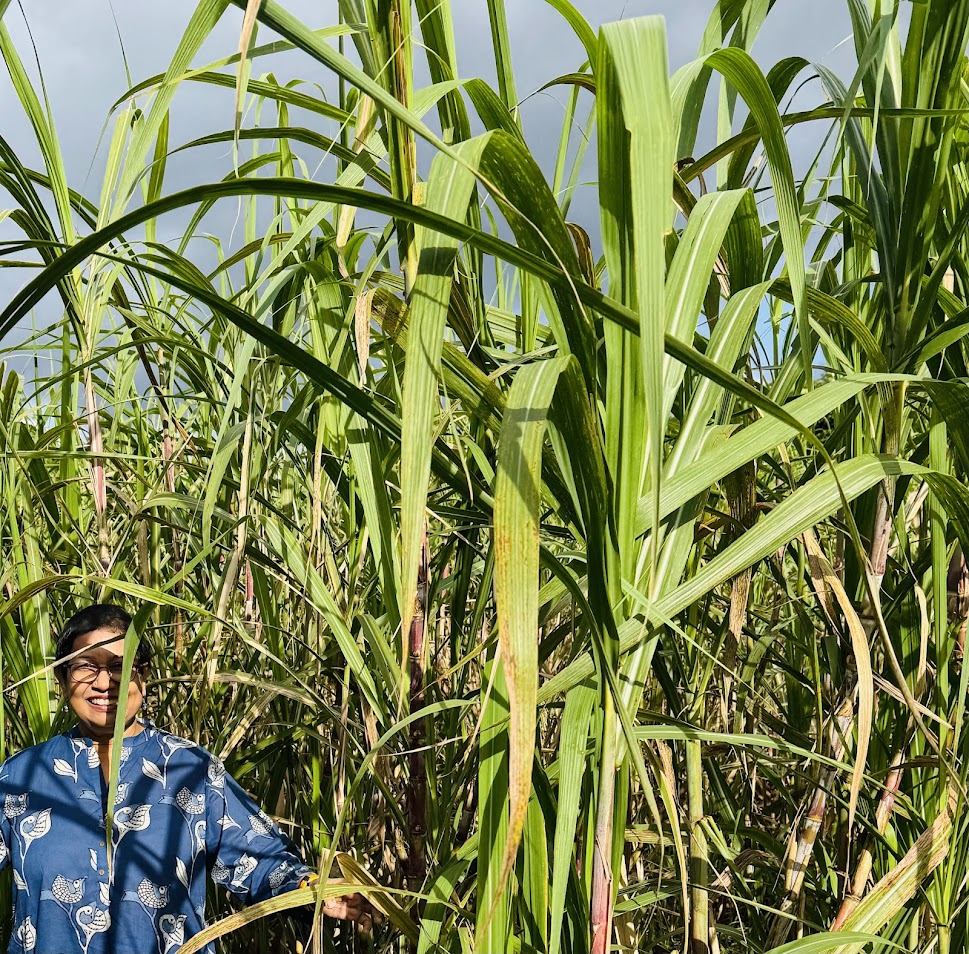
A Sugar Cane Plantation in Okinawa
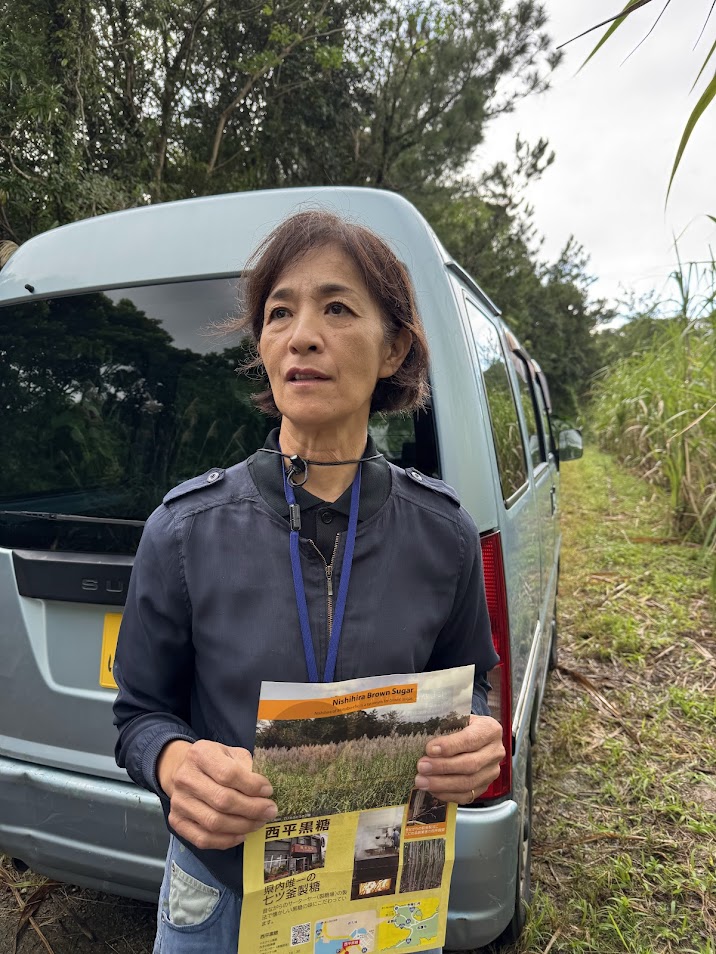
During my trip to Okinawa, I had the opportunity to visit an old sugar cane plantation – NISHIHIRA KOKUTO in the Motobu region and a shop specializing in products made from sugar cane juice. The plantation offered a unique and memorable experience, especially as I noticed the sugar canes there were thinner than the robust stalks I’m used to in Singapore. The height and thickness of sugar cane can vary significantly based on the species and growing conditions.
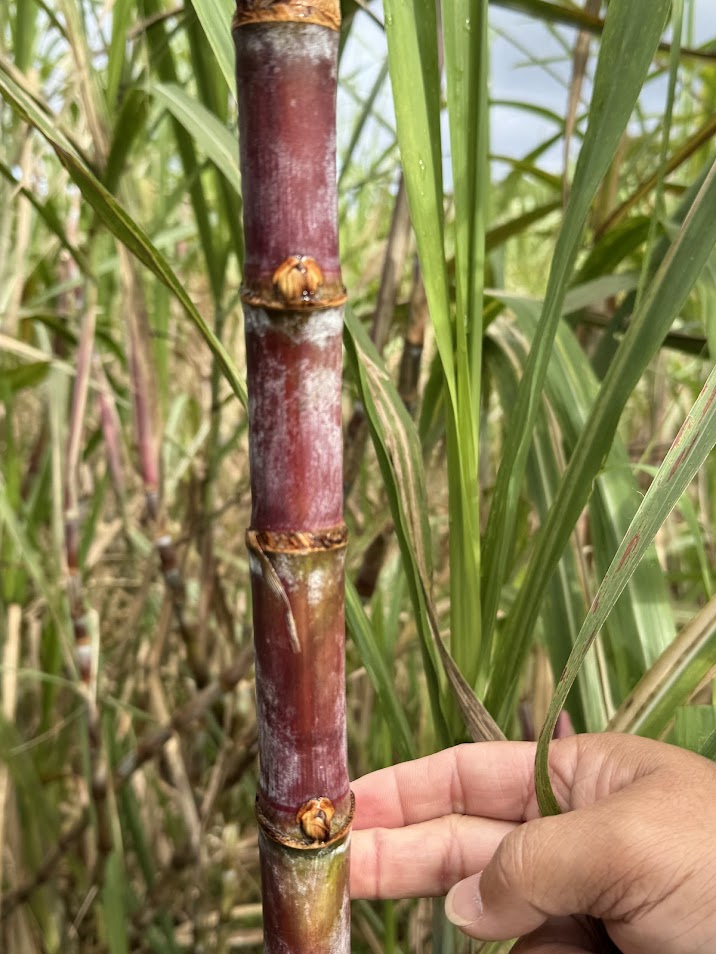
Okinawa’s sugar cane cultivation thrives due to its subtropical climate, which features warm temperatures and abundant rainfall, providing ideal growing conditions. The region’s rich volcanic soil enhances fertility, while extended sunlight hours and a low risk of frost support robust growth. These elements make Okinawa one of Japan’s foremost sugar cane producers. The island is known for its traditional Okinawan sweets and beverages, including brown sugar, a practice dating back to 1623 during the Ryukyu Kingdom when sugar manufacturing techniques were imported from China.
Ogido Sugako-san, one of the daughters of the owner of Nishihira Kokuto Sugar Cane Plantation, explained that Okinawa brown sugar is produced by harvesting fresh sugar cane, squeezing out the juice, and then boiling it into a concentrated syrup that hardens upon cooling. Each of Okinawa’s eight brown sugar-producing islands has distinct varieties of sugar cane, shaped by varying soil properties, temperature, rainfall, sunshine hours, and the frequency of typhoons and droughts. Consequently, the raw harvest differs from island to island, resulting in brown sugar with unique textures and flavors influenced by the local environment and human practices.
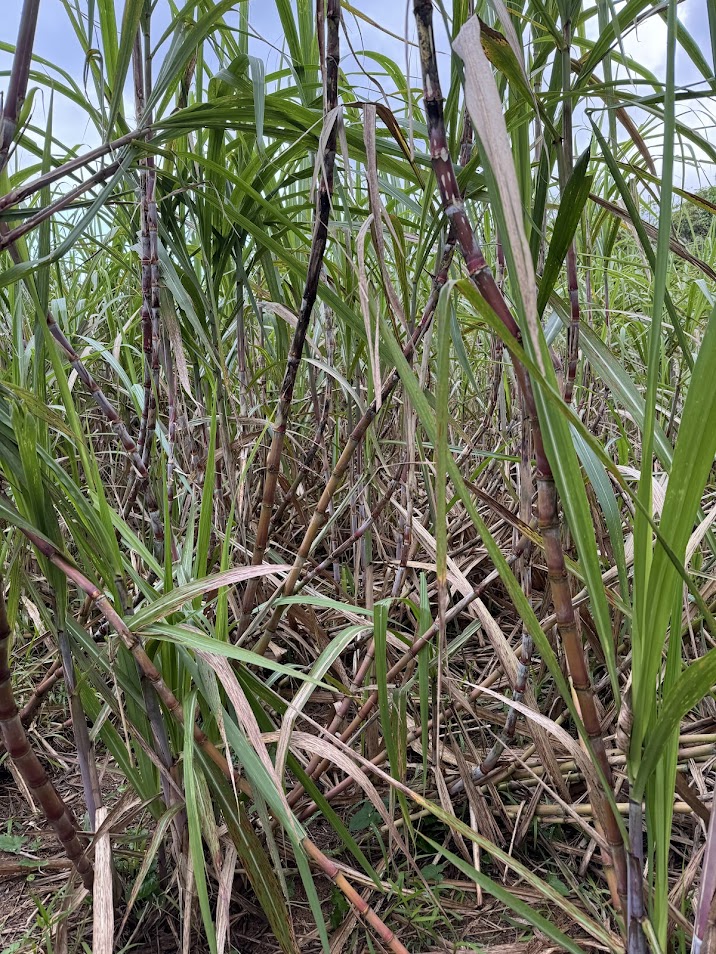
The process also generates bagasse, a by-product resulting from juicing, which is combusted to supply much of the energy needed for production. Moreover, bagasse can be repurposed as compost, manure, or bedding for local cattle, contributing to a sustainable agricultural cycle that promotes eco-friendliness in Okinawa’s rural society.


